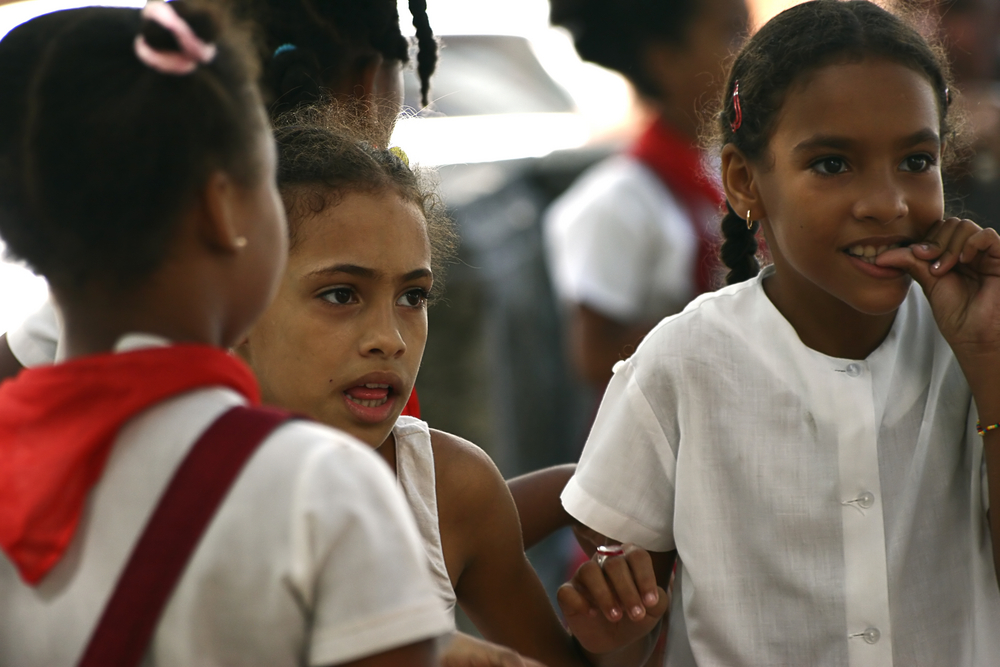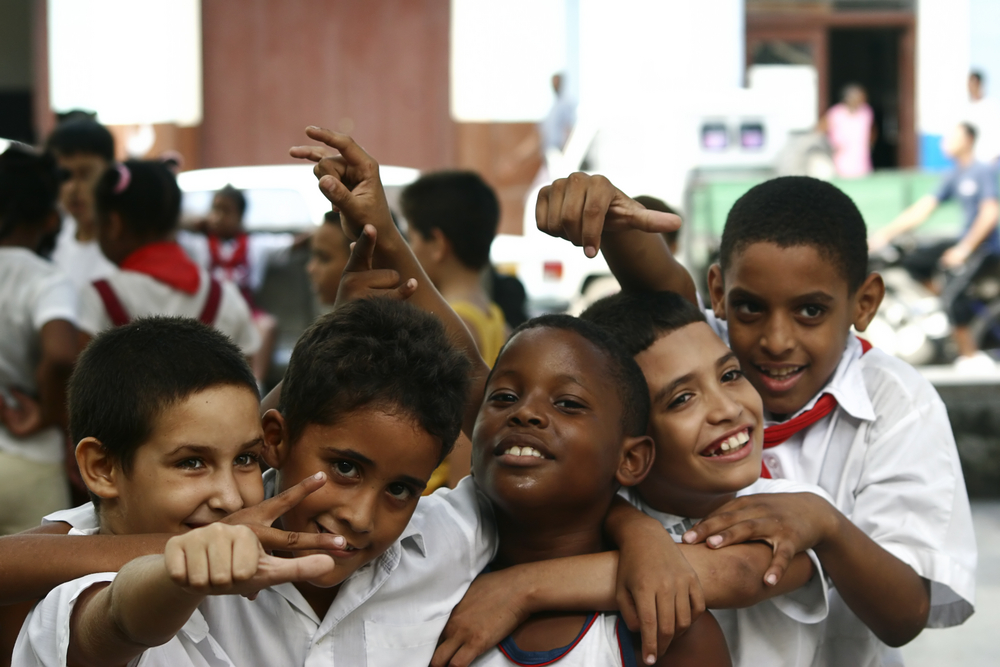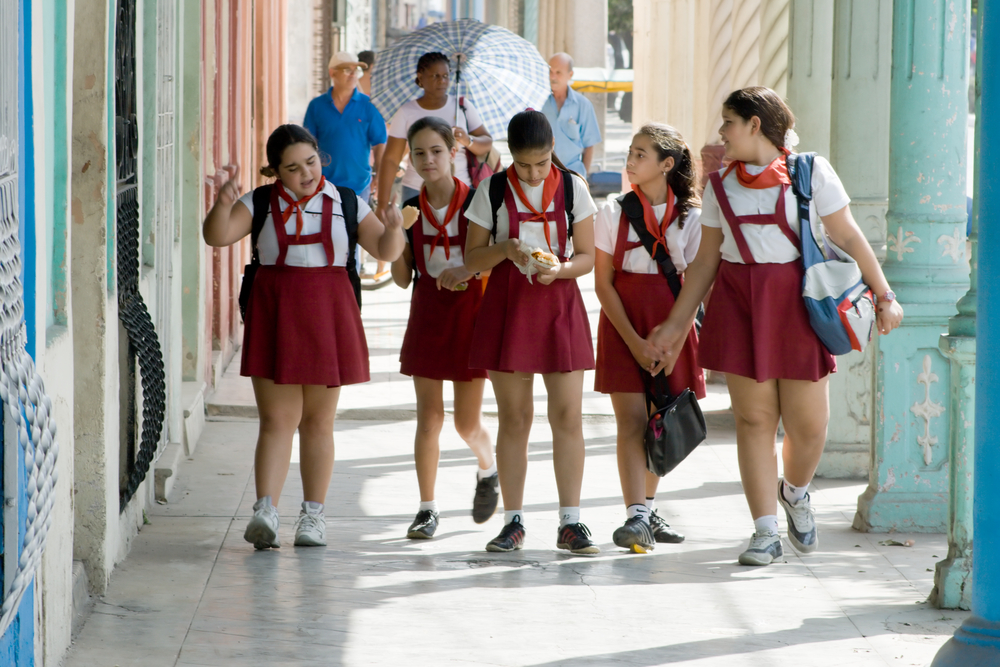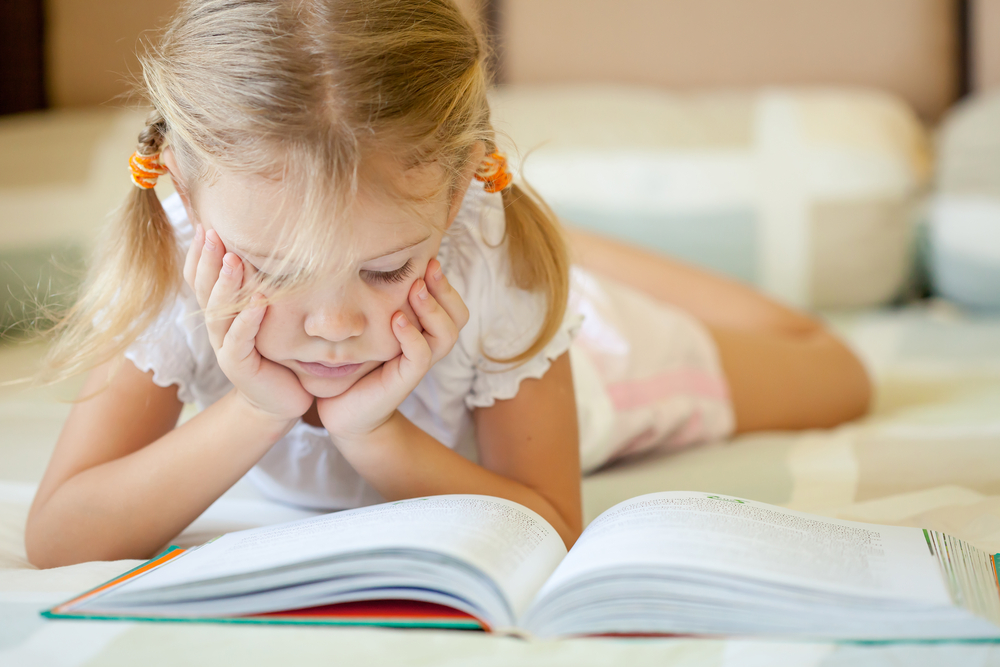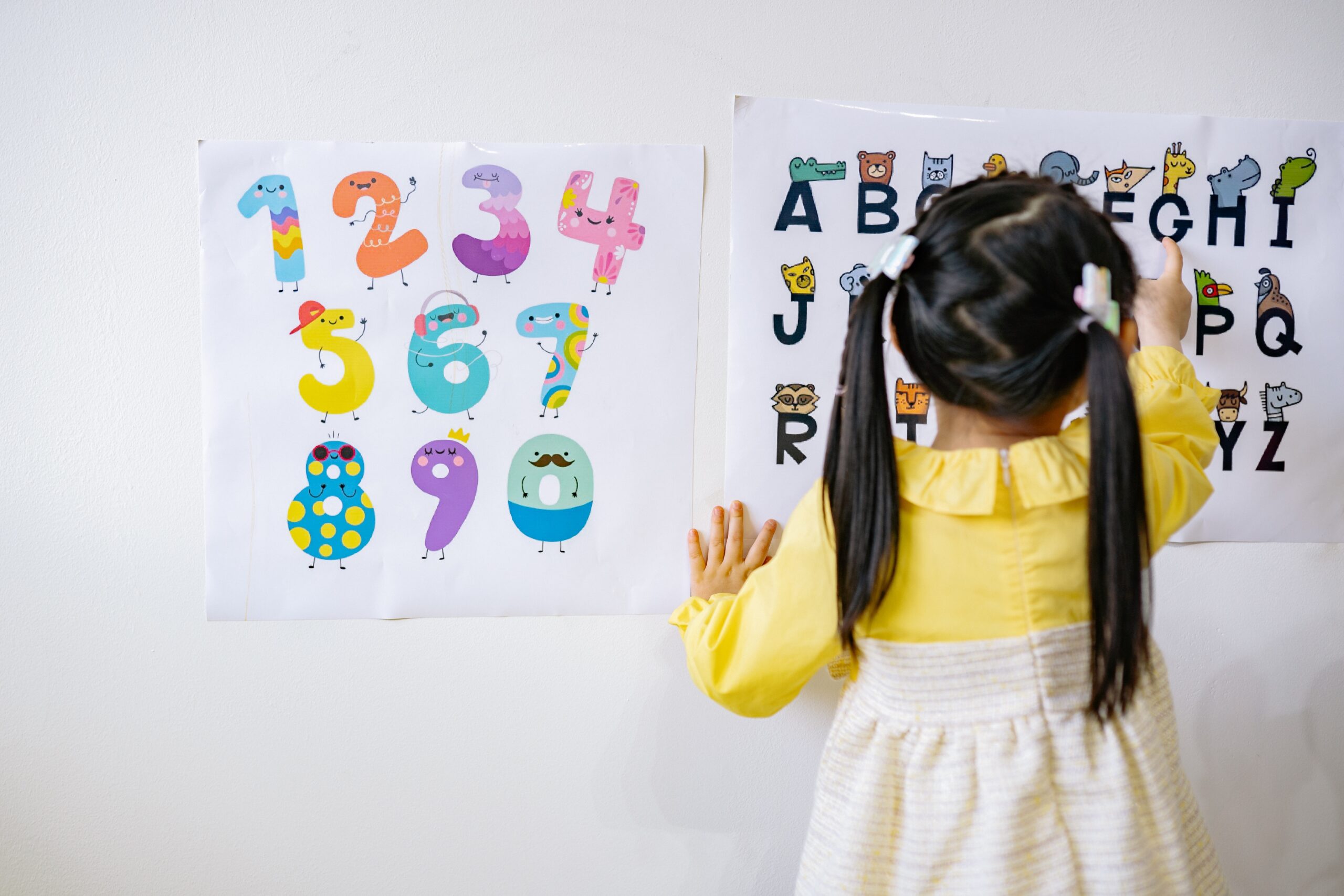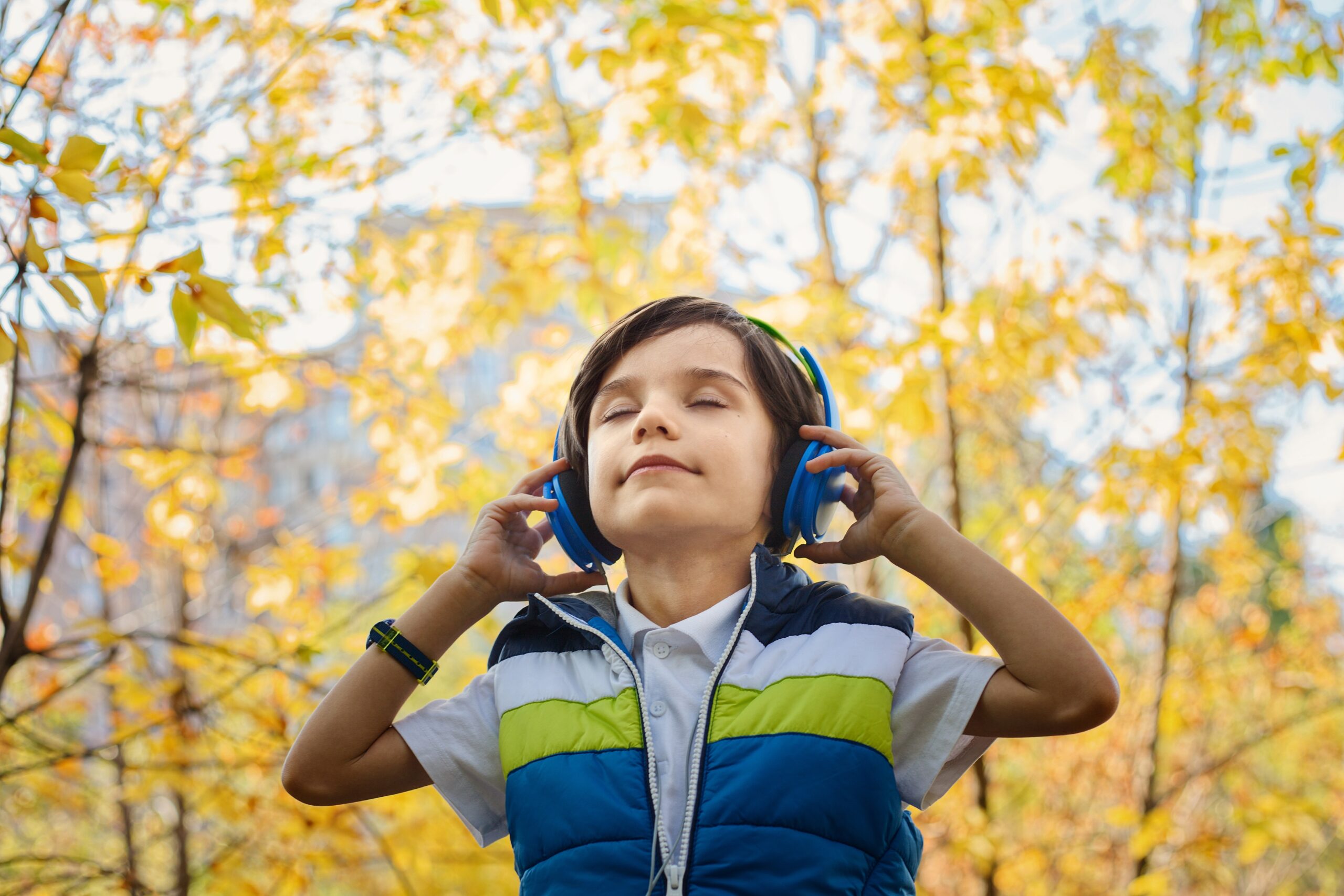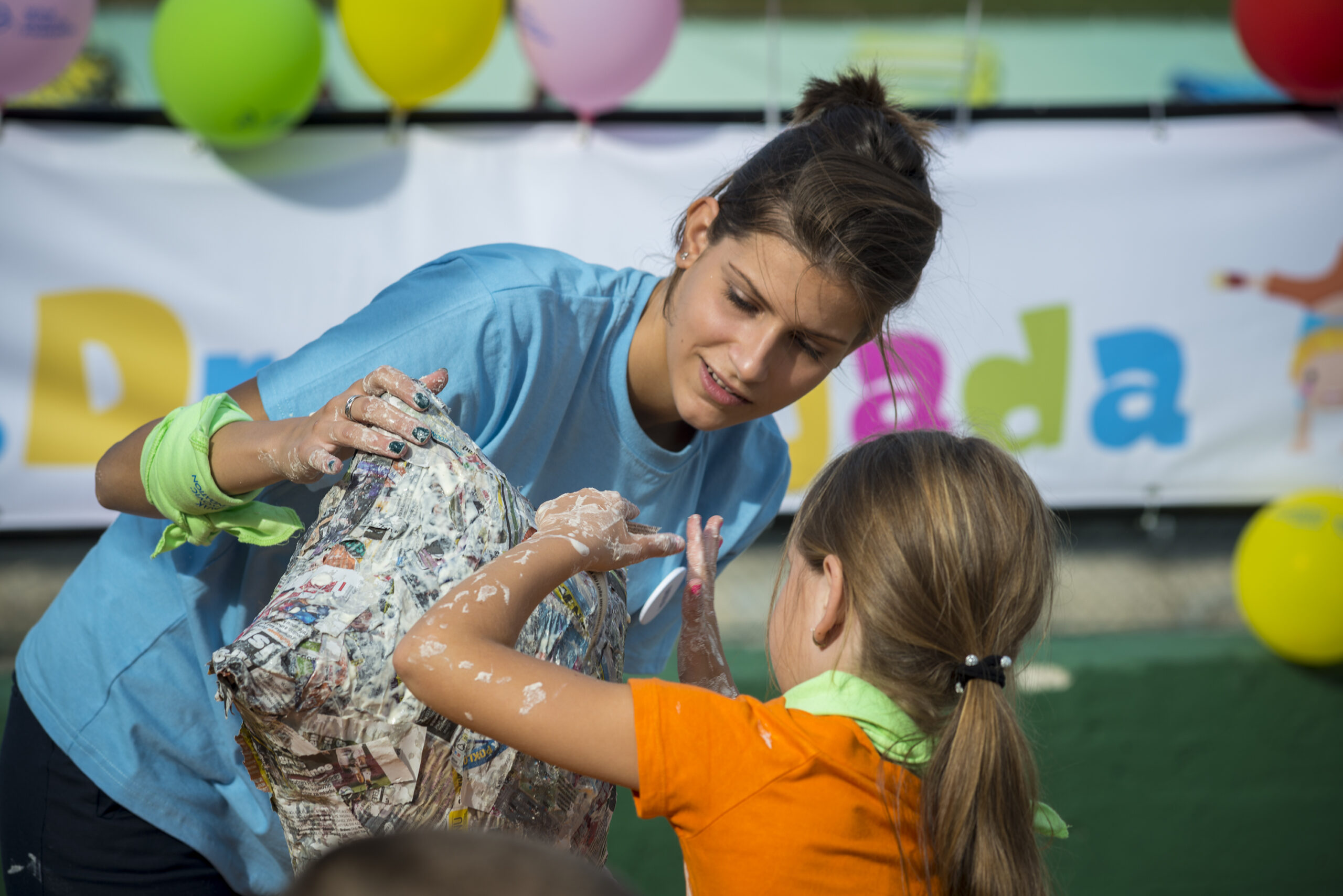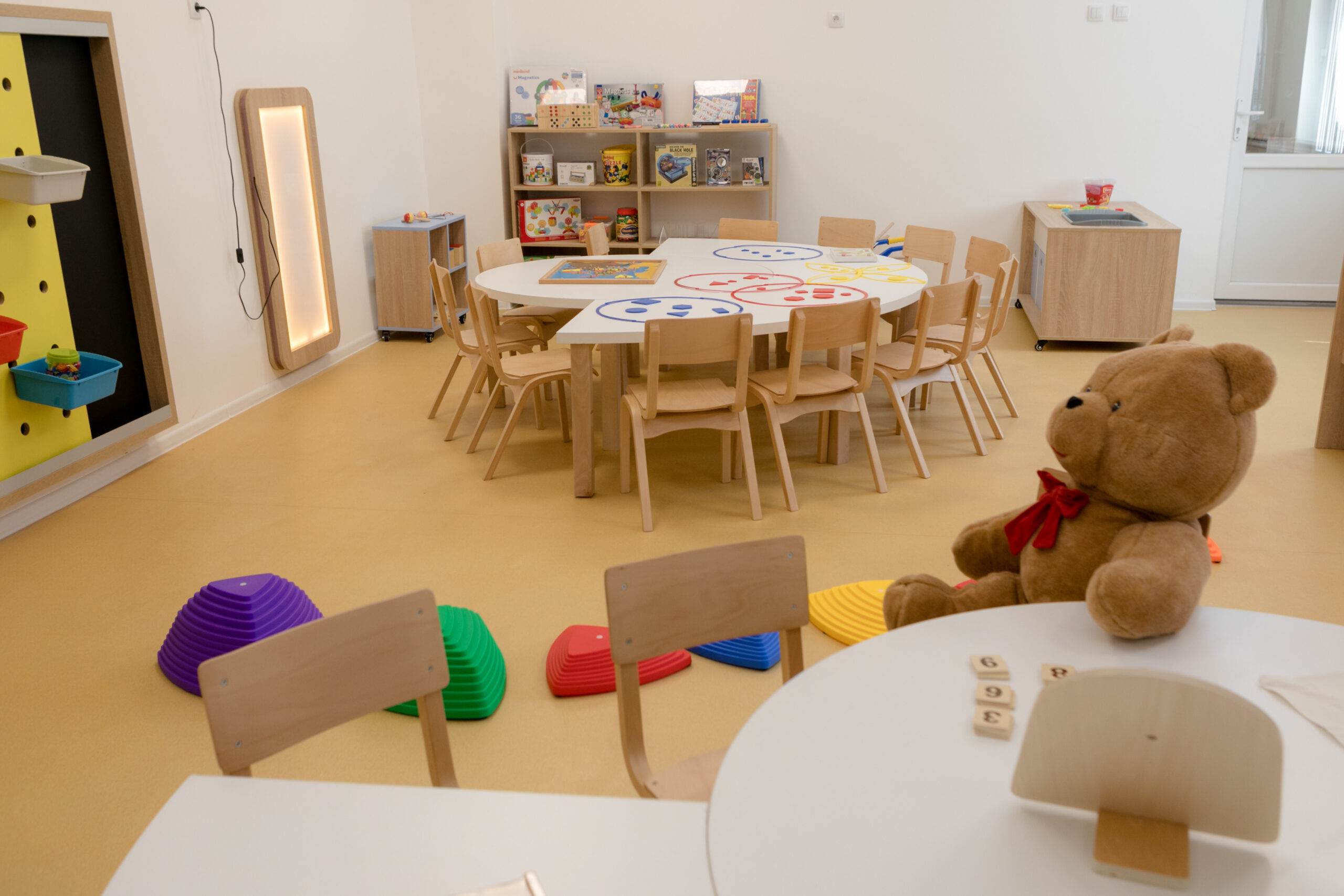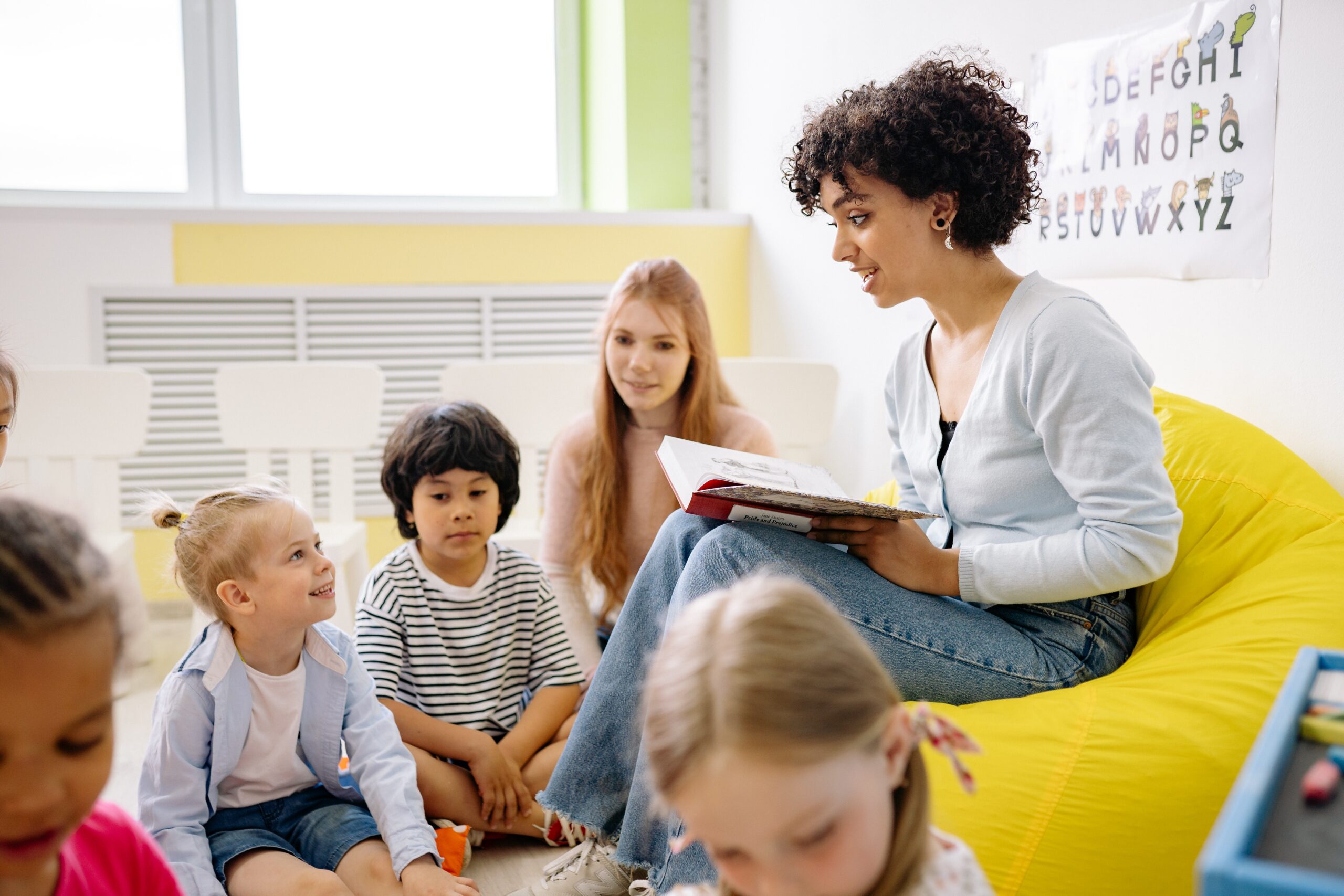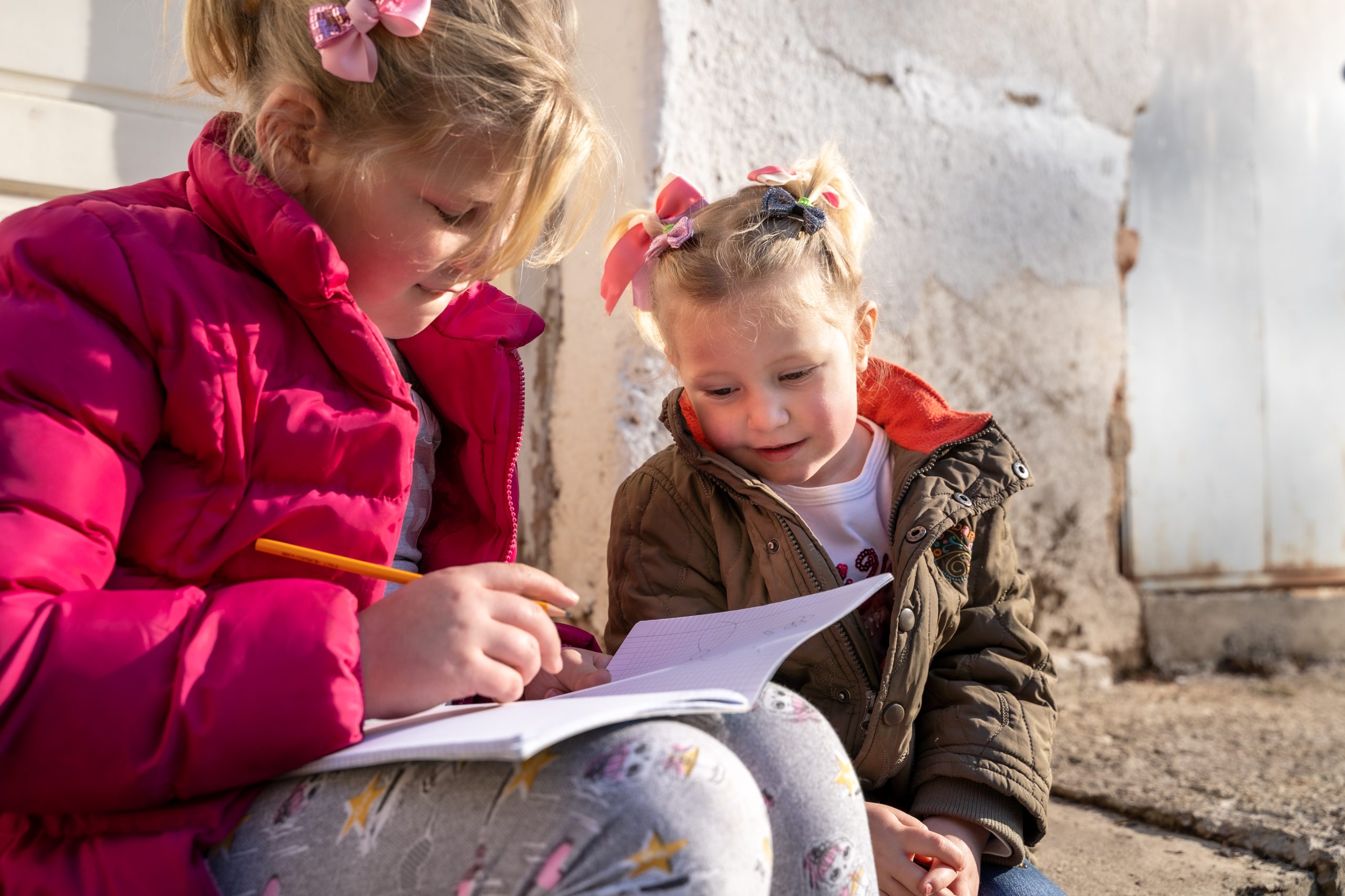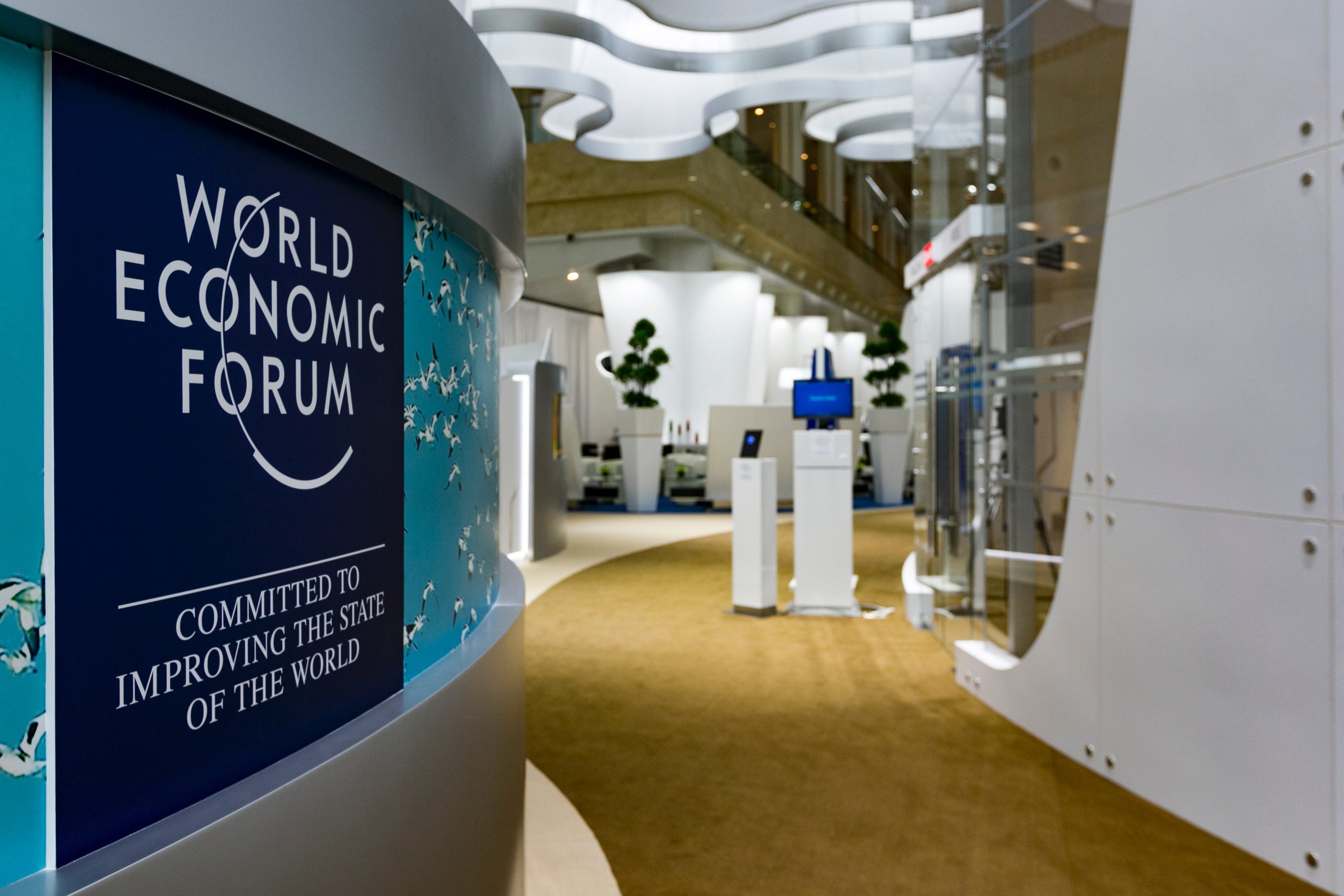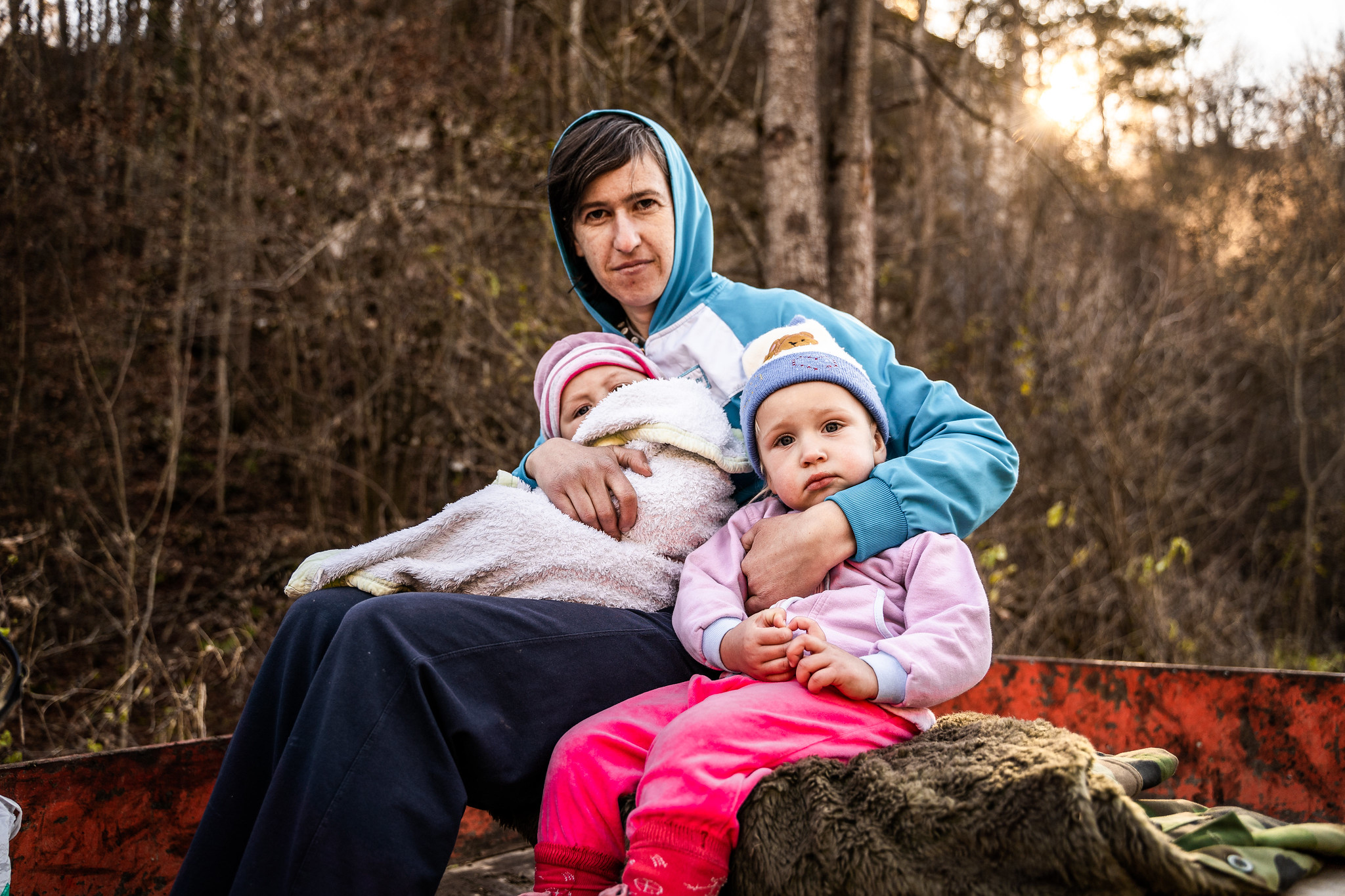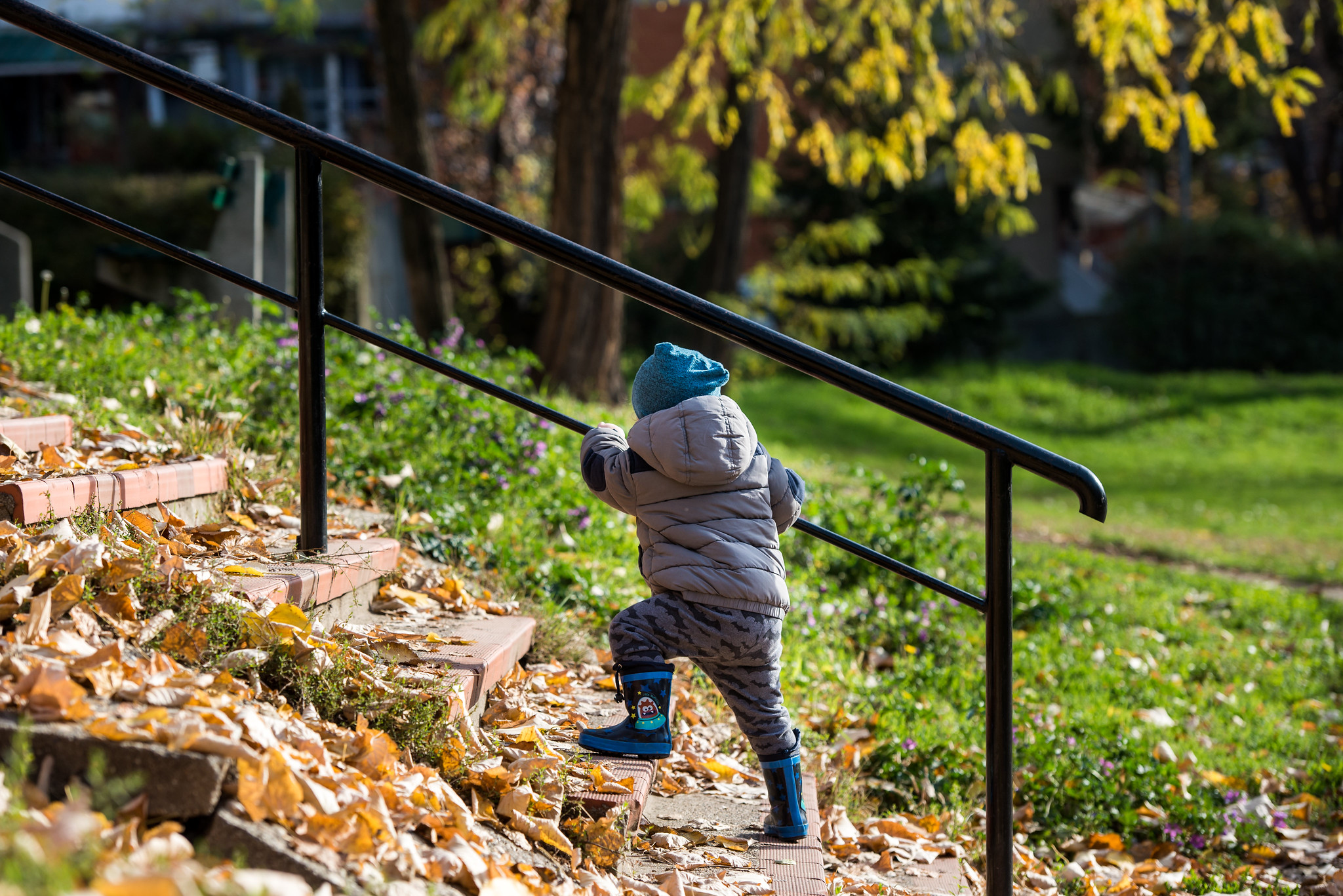All children are guaranteed schooling, it’s free, there’s no indiscipline, kids never miss classes… These are just some of the reasons why education system of Cuba is so successful.
The classroom walls need a paint job, the desks are old and worn and blackboards are hard to write on, the educational system is burdened by many problems, but all Cuban children, without exception, are guaranteed schooling. No child is denied an education, not even those who live in remote areas of the country, who are very poor or have special learning needs. But, this is nothing short of a miracle, since Cuba leads Latin America in primary education.
With a total population of 11,241,291, only 0,2% of the Cuban population remains illiterate, almost only elder people who could not enjoy the educational system the country has today. Children and more than happy to go to school, they never miss classes and get on well with their classmates.
Education in Cuba is mandatory until the ninth grade of secondary school and is free on all levels, including university education. Less than 1.0 percent of students drop out of primary education, and 98.2 percent continue their studies after the sixth grade. When it comes to preschool education data are even more impressing: 98 percent of Cuban children of appropriate age attend preschool and primary school gross enrolment is close to 100 percent. For example, in Serbia only 48 percent of children attend preschools, which is a terrible number. That’s why “Novak Djokovic” Foundation started the “Schools of Life” program in this country, which has given good results.
There is a strict maximum of 25 children per primary-school class, many of which have as few as 20. Secondary schools are striving towards only 15 pupils per class. This is optimal number of students in the classroom enabling them to learn all that is required during the school day and still leaving them enough time to seek from the teacher help and support if needed. Thus they can progress in the right way.
Many schools open at 6.30am and close 12 hours later, providing free morning and after-school care for working parents with no extended family. The first 90 minutes of the day are devoted to breakfast and free play. Core academics take place from 8:40-12:30, followed by another 90 minutes of lunch and games or recess. Between 2 PM and 4 PM, kids engage in a range of activities we would call enriched learning, such as health, art, music and sports. At 4 PM, students again transition to games and supervised play until it’s time to go home.
Everyone in Cuba takes great care about the education of children with special needs (with physical-motor and mental difficulties). There are 13.600 teachers working in 425 special schools, all around the country. “Mobile teachers” are deployed to homes if children are unable to come to school because of sickness or disability.
Despite the difficulties caused by the global economic crisis – schools are equipped with all the necessary audio-visual media, including computers with Internet access, to provide quality education. In the most remote areas, where there’s no electricity, schools are equipped with solar panel systems to ensure the functioning of electrical and electronic equipment. Therefore, there’s no difference between the classes taught in these schools and those in cities.
For students who live in outlying areas and can’t commute daily to classes, the Cuban educational system offers a scholarship plan that guarantees accommodation and food throughout the school year; and in the cases of school levels in which students are required to wear uniforms, these too are provided for free. Cuba has approximately 2,000 schools with less than ten students, usually located in remote areas. In these schools group classes are organized for students who also achieve excellent results.
Cuba has one of the highest teacher-student ratios in the world, with one teacher for every 42 inhabitants. Therefore, Cuban children enjoy today the best teacher per student rate in primary schools: one teacher for every 20 students or two if they exceed that figure. More than 400,000 people are employed in education sector.
The primary-school curriculum includes dance, lessons on health and hygiene, and revolutionary history. Classroom learning is often integrated with basic skills, such as gardening, pruning, wood and metal crafts, and handicrafts. The boundary between classroom and practical learning is blurred into a holistic learning environment. A new topic was introduced in the mid-1990s, the “World in Which We Live”””a blend of natural and social ecology, health, and morality. In grades five and six, classes include Cuban history, natural science, geography, aesthetics, civil education (to convey political, ideological, moral, and judicial information), economics, and labour education, which is an initial linkage of classroom learning to productive work. The behavioural goal is to encourage independent working habits and cooperative learning skills.
From grades one through four, classes are 30 minutes in duration. The curriculum focuses on Spanish language (reading, writing, and oral expression) and mathematics. These two subjects together account for 57 percent of classroom time. Evaluation is a continuous process. Tests are administered at the end of the second and fourth grades, with results categorized as excellent, very well, good, regular, and poor, instead of numerical grades. Testing, like instruction, combines formal learning and practical application, and students advance when they receive a satisfactory grade.
Children are expected to help each other so that no one in the class lags too far behind. In addition parents must work closely with teachers as part of every child’s education and social development. By law, all children must attend school until the ninth grade. At that level, they are offered every possibility for further study. They can continue in high school and then opt for studies at the university level, or they can enrol in a poly-technical school, which have different branches in mid-level training that allow work in their specialty once they graduate.
Indiscipline and truancy are rare.
One cannot see a single overweight or undernourished-looking child in schools. Cuba provides all students with free school lunches, typically featuring rice, beans, another source of protein like a hard-boiled egg, a vegetable such as a sliced tomato and arroz con leche for dessert. Many parents send their children off to school with extra vegetables or a piece of fish or chicken to complement the free lunch.
Cuba spends annually almost 7% of gross domestic product and tries to make educational system, by its equality, justness, self-esteem and moral and social needs of citizens, correspondent to social model created by the people.
During recent years, the use of TV and video programs was established, as means with greatly influencing elementary and secondary education. There are two educational channel “œCanal Educativo 1 y 2″ broadcasting daily more than 12 hours of programs, majority of which having educational and didactical character. This way, they have organized educational system in Cuba, and due to that they have one citizen with university degree on each 10 people, and this year will probably reach number of one million graduates at more than 60 universities in the country.
[divider]
What do you think about Cuban educational system? How different it is from the system in your home country?


